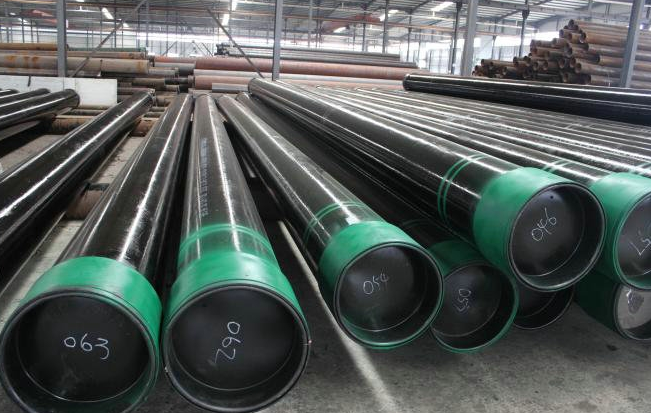With the rapid development of the petroleum industry, serious corrosion of buried pipelines, oil well casing pipes and storage tank floors inside oil fields, especially oil well casings, has had a serious impact on the production, development and environment of oil fields. There is corrosion on both the inner and outer walls of oil and gas well casings, among which internal corrosion is more serious. So how to protect the cathode and anode of oil casing? Let’s take a brief look at it: To deal with the corrosion problem of the inner wall of oil well casing, we usually add bactericides, corrosion inhibitors, adjust the PH value, and airtight oxygen isolation skills in the annular space of the oil well. , and choose low-strength oil casing in sour oil and gas fields.

In oil production areas, there is corrosion on both the inner and outer walls of oil wells and water injection wells. With the operation of oilfield production, the soil moisture content of the outer wall increases year by year, and the corrosion of downhole pipe strings becomes increasingly serious. In order to better solve the corrosion of the outer wall of oil well casing To solve the problem, people in the anti-corrosion industry at home and abroad recognize the use of cathodic protection as the most economical, reasonable and very effective technical measure.
Cathodic protection technology can not only prevent corrosion of newly built oil well casings, but is also very effective on existing old oil well casings, extending their service life and reducing the number of replacements.
Since the oil and water well casings are thousands of meters deep into the underground strata, the application of sacrificial anodes is subject to certain restrictions, and only the impressed current method can be used for cathodic protection. The impressed current method of cathodic protection uses an external DC power source to cathodicly polarize the steel casing to reach the required protection potential value, thereby achieving cathodic protection.
The impressed current cathodic protection system is composed of auxiliary anode, reference electrode, DC power supply and related connecting cables and protected objects.
There are generally two structural forms of the cathodic protection system for oil well casing: one is to provide protective current to the casing in separate wells and implement cathodic protection. Each well is equipped with insulation measures from other wells so that the current can be concentrated to protect the single well. . This kind of system saves electricity, is easy to realize automatic control, and is easy to check faults and repair. The disadvantage is that it requires a large investment. The other is to connect the underground metal structures in the protection area together and perform regional cathodic protection in a unified manner. This system has the advantage of reducing the number of control systems and saving investment. The disadvantage is that the protection current is not easy to distribute evenly, the anode layout is strictly required, and it is difficult to detect faults.
The choice of these two structural forms should be based on the spacing of each oil well, the specific conditions of the oil field station and the owner's requirements.
Go here to learn more: Difference between casing pipe and drill pipe


